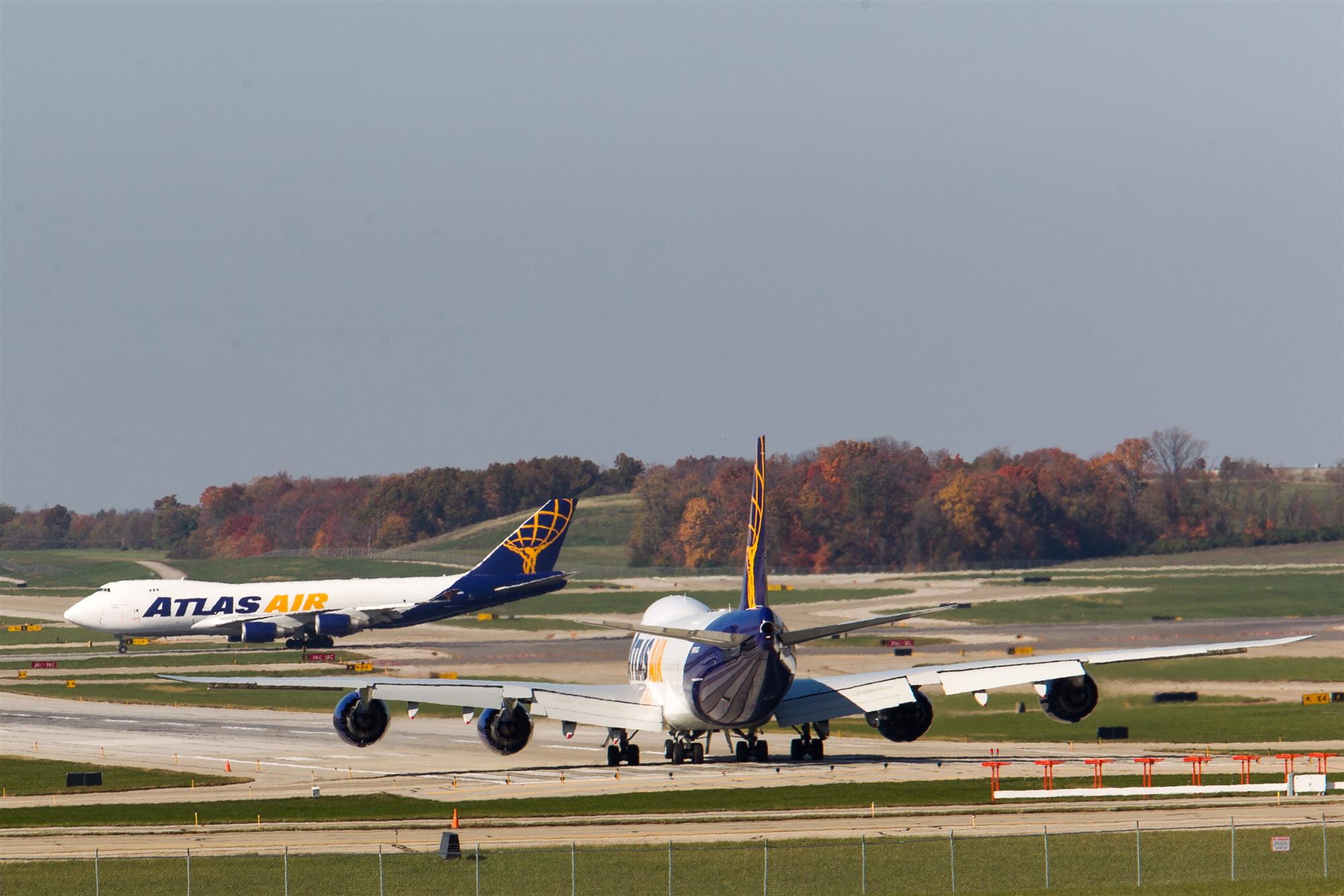A year ago, airlines were sending widebody freighters to the desert to shore up their fleet utilization and stem losses. Today, forwarders are scrambling for maindeck capacity. In the space of barely a year, freighter aircraft have been transformed from sources of red ink on carrier balance sheets to a hot commodity in short supply.
Bill Flynn, president and CEO of Atlas Air, the world’s largest freighter leasing outfit, recently warned of a shortage of freighters. He pointed to strong growth in demand for lift over the past year, which has outstripped the increase in capacity that has come on stream.
Flynn dismissed claims frequently made in recent years during the global economic downturn that the majority of cargo carried by freighters would migrate to the bellies of passenger carriers due to large numbers of widebody passenger planes with large bellyholds entering service. He thinks that the current split between freighters and passenger aircraft in terms of market share will remain largely where it is.

This is in line with estimates from aircraft maker Boeing, which has also rejected claims of a shift to belly capacity. On the other hand, Airbus has predicted that the share of freighters of global air cargo traffic will slide from 48% in 2015 to 38% in 2035.
The number of pure freighter operators has shrunk during the downturn, and some of the survivors, such as Cargolux, were talking of a need to overhaul their business model to remain viable earlier this year. Now they find themselves in a seller’s market, with rates climbing steadily in the run-up to the Christmas peak.
The surge in demand has filled up available capacity and prompted the reactivation of widebody freighters taken out of service. Robert van de Weg, managing director of AirWay Cargo, noted that all large freighters retired in the past few years that are viable have been brought back into service.
Moreover, there are few orders for new widebody freighters in the pipeline, he said. During the downturn, airlines were bent on trimming down their freighter fleets and showed aversion to investing in new cargo aircraft.
As a result, further growth in demand in excess of new capacity coming in will put a strain on freighter availability. The e-commerce boom, which is widely identified as the biggest driver of the strong rise in demand, is showing no sign of slowing down.
Atlas anticipates global demand to average 3.6% growth per year over the coming three years, driven largely by e-commerce and growing Asian economies. Flynn added that there is ample room for growth in e-commerce, citing a penetration rate of 10% of global retail sales to date.
This is particularly ominous for markets where freighters play an outsize role in moving cargo. Flynn pointed out that 80% of the traffic on the Asia-North America sector is carried on freighters, due to payload restrictions on passenger planes. In the Asia-Europe trade lane freighters shoulder about 75% of the volume, he added.
Long-term projections indicate 4.6% annual growth both in the Asia-North America sector between 2016 and 2035 and in the Asia-Europe arena.
So far, airlines are showing little inclination to change course and acquire freighters. For all the gains made in recent months, most are not convinced that the fortunes for freighters have turned around for good.
“The last five, six years, capacity growth has outstripped demand,” said Dave Shepherd, commercial director of IAG Cargo. “I think we will eventually return to where passenger growth will outpace cargo growth.”
New widebody passenger aircraft like the Airbus A350 have good cargo capacity, he went on. “I think we need to be a little cautious,” he said.
For carriers that have widebody freighters in their line-up today, the near future looks promising.
By Ian Putzger
Air Freight Correspondent | Toronto



